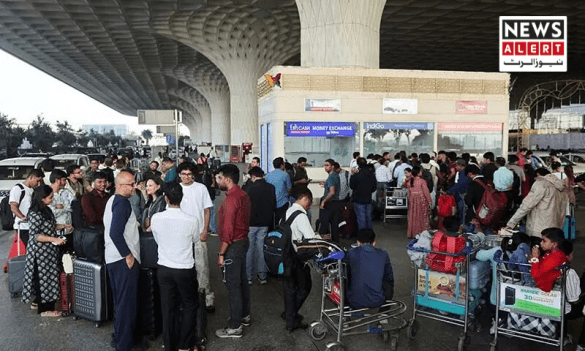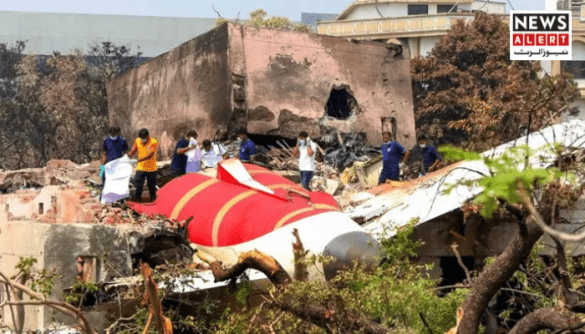Strong Earthquake Rocks Northern Afghanistan
A powerful earthquake measuring 6.3 on the Richter scale struck Afghanistan’s Hindu Kush region late Saturday night, shaking several northern provinces and neighboring countries. According to local officials, at least 20 people have been killed and more than 320 others injured. Authorities fear the number of casualties could rise as rescue operations continue in remote areas.
The U.S. Geological Survey (USGS) reported that the quake’s epicenter was located about 22 kilometers southwest of Khulm district in Samangan province, at a depth of 28 kilometers. The tremors were felt in the cities of Mazar-e-Sharif, Kunduz, and Baghlan, where residents rushed into the streets in panic.
Residents Flee Homes in the Middle of the Night
Witnesses in Mazar-e-Sharif described scenes of chaos as people ran from their homes carrying children and elderly family members. Many residents spent the rest of the night outdoors, fearing aftershocks and further damage to already fragile buildings.
A resident told local media that the earthquake struck suddenly around midnight. The walls began to shake violently. We grabbed our children and ran outside, he said. People were crying and praying in the streets.
Emergency response teams have been dispatched to affected areas, though communication and road access remain limited in mountainous regions, complicating relief efforts.
Tremors Felt Across Borders
The earthquake’s shocks were also felt in neighboring Tajikistan, Uzbekistan, Turkmenistan, and Iran. However, officials in those countries have not reported any casualties or major damage. The Hindu Kush mountain range, where the quake originated, is known for frequent seismic activity due to the collision of the Indian and Eurasian tectonic plates.
Afghanistan’s Growing Vulnerability to Quakes
Afghanistan has faced repeated earthquakes in recent years, exacerbating the country’s humanitarian challenges. On August 31 this year, a magnitude 6.0 quake killed more than 2,000 people in the west of the country. Earlier, another deadly earthquake in Afghanistan had killed at least 812 and injured over 2,700, highlighting the country’s growing vulnerability to seismic disasters. In 2023 alone, over 4,000 lives were lost to a series of devastating earthquakes.
The United Nations has warned that Afghanistan’s fragile infrastructure and limited emergency response capacity make it particularly vulnerable to natural disasters. Many of the country’s rural homes are built with mud and unreinforced materials, which collapse easily during tremors.
Relief Efforts Underway
Afghan authorities, supported by international aid organizations, have begun assessing the damage and providing emergency assistance. Medical teams are treating the injured, while rescue workers continue to search for survivors trapped under rubble.
Officials have urged residents in high-risk zones to stay alert as aftershocks remain likely in the coming days.















